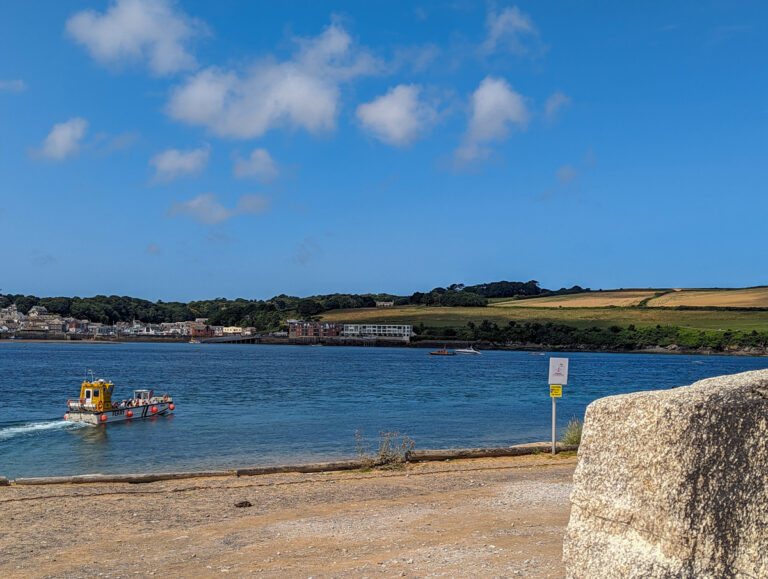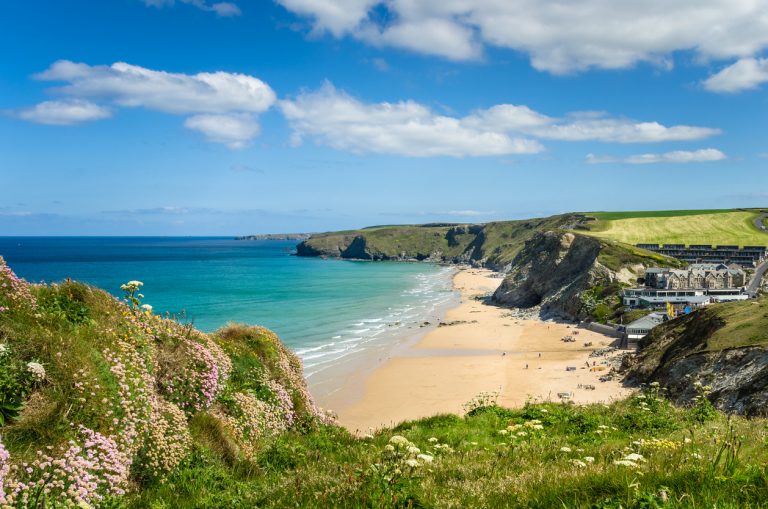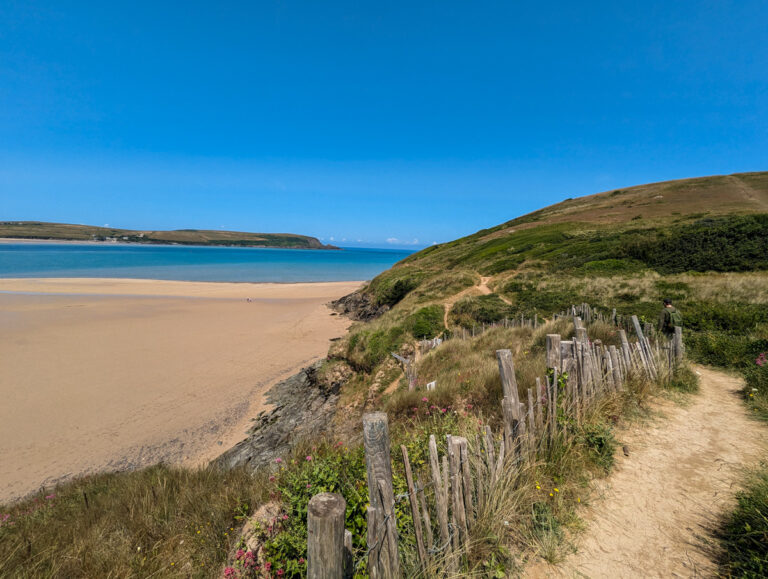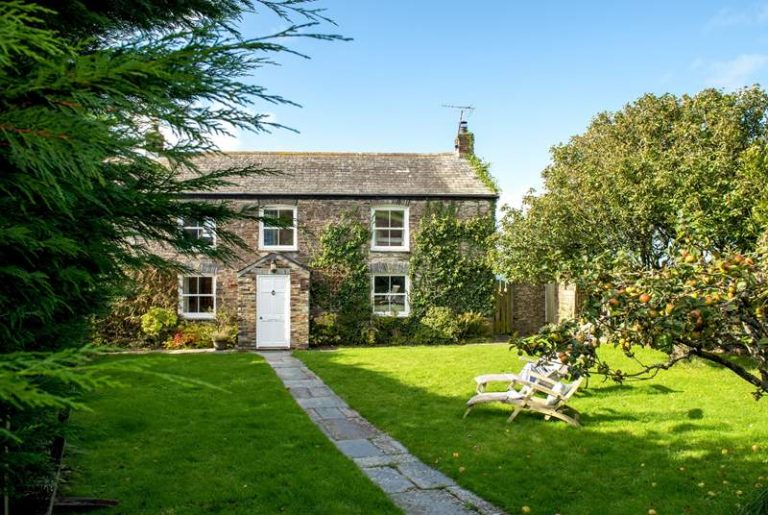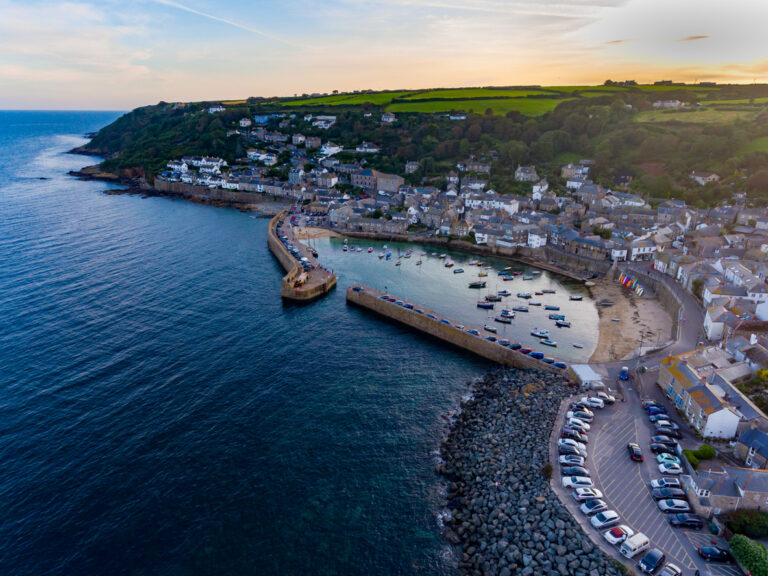Planning a trip to Cornwall: travel tips and advice
Are you planning a trip to Cornwall?
This post is full of Cornwall travel tips that will help you have a hassle-free stay!
With stunning beaches and beautiful blue waters that wouldn’t look out of place in the Med, Cornwall is one of the most popular holiday destinations in the UK.
However, because of its popularity, there are certain things that you should be aware of when planning a trip here.
My family are from Cornwall, and I’ve been visiting the region my whole life, so I’ve got plenty of Cornwall travel tips to share! From the best time to visit Cornwall, how to get there, and the things you can’t miss while you’re here, this post will help you have the best holiday!
Understanding Cornwall
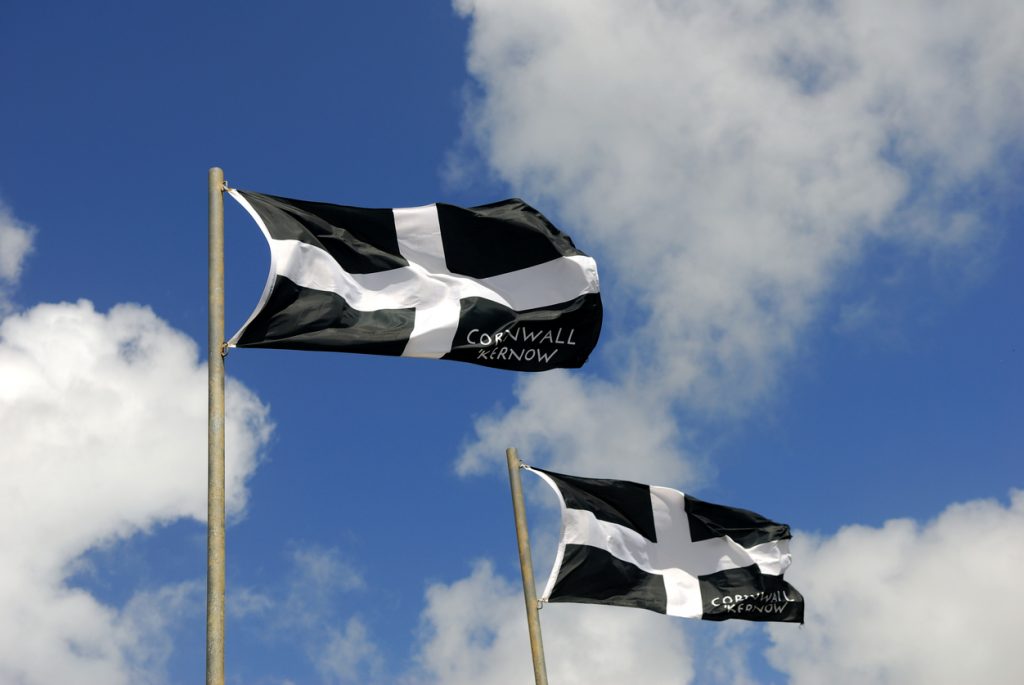
First up, it’s essential to understand a bit about Cornwall.
While Cornwall is, on paper, a county of the UK, it has a fiercely independent spirit and a unique history. As well as a county, it is also a Duchy, and many locals want to have more recognition for their independent history.
The Cornish descend from a Brythonic Celtic tribe, and while there are a few Roman ruins in the region, the Romans, and subsequently the Saxons, never settled here as they did elsewhere in the county.
This means that while most of the English population primarily descends from the Anglo Saxons, the Cornish population descends from the Indigenous Celtic group. Due to this, the Cornish have minority status in the UK.
When you visit Cornwall, you’ll notice that people are very proud of their unique identity. They have their own language -most Cornish people can only speak a few words and phrases, but there are around 3000 who speak it conversationally.
You’ll also see the Cornish flag a lot – it’s black with a white cross – and if you get chatting to the locals, you’ll find that lots of people want to speak about why Cornwall isn’t really England!
It’s important to respect this when you’re in Cornwall (or Kernow in Cornish!) – you’ll find that lots of people are happy to speak about it, but if you disagree with their claim to independence, it’s best to keep quiet. You are in their region, after all!
Best time to visit Cornwall

While Cornwall is very beachy and perfect for summer holidays, it’s a myth that it’s always a lot warmer here than elsewhere in the country.
In the summertime, Cornwall has a steadier temperature than other parts of the UK, but it doesn’t typically get the same heatwaves that London does.
Very hot days in Cornwall are generally around 25-28 degrees celsius and it almost never gets to 30 degrees.
The warmer months are undoubtedly better to visit Cornwall – there are so many amazing beaches here, and a lot of the Cornish holiday industry is based on being outside.
In the summer, you’ll be able to enjoy all of the best things to do in Newquay and St Ives, as well as all of the other beachy destinations! However, the last week of May, the last week of July, and all of August are kid’s school holidays and Cornwall gets packed.
Prices skyrocket and traffic is a huge issue!
Cornwall typically has milder winters than elsewhere in the country. Spring comes to Cornwall a bit earlier than elsewhere, and Autumn sometimes hangs on a little bit longer. However, there’s a high chance of encountering storms from October – March, with some out of season too. Because of Cornwall’s geographical position, it can get battered by these storms!
There are plenty of things to do in Cornwall in the rain, such as the Tate Gallery at St Ives and the Geevor Tin Mine, and you might get lucky with decent weather in April, May, September or October, or cold but sunny days in the winter. However, June is probably the best month for good weather and fewer crowds than July and August.
Read my post on the best time to visit Cornwall for more information
How to get to Cornwall
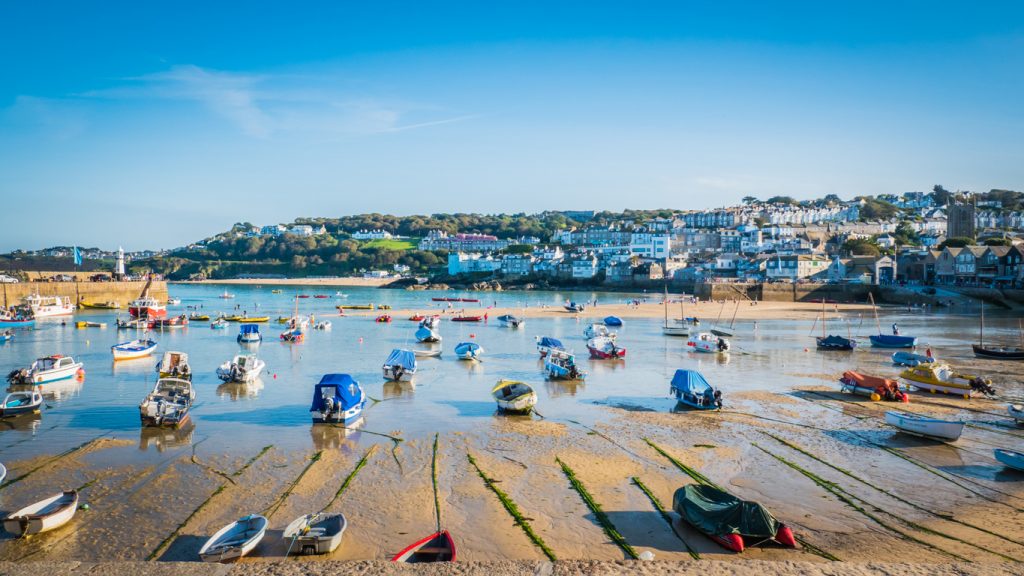
Most people reach Cornwall by driving. There are two main A roads in Cornwall, the A30 and the A38 – and they can get very congested at peak times. Journey time from London is at very least four hours and can be up to eight or even more if there is traffic.
You can also take a direct train from London to Par, Penzance and Truro to connect to other destinations, including Newquay and St Ives. The journey by train from London to Cornwall takes between 5-7 hours. There are also some coach routes.
Read my post on how to get to Cornwall for more.
How to get around Cornwall

Cornwall isn’t the easiest place to get around, but there are some train routes and a bus network. Some buses only leave once per hour or less, but others that go to the main tourist towns are more frequent. However, most people who are travelling around Cornwall either drive themselves or rent a car.
How long to go to Cornwall
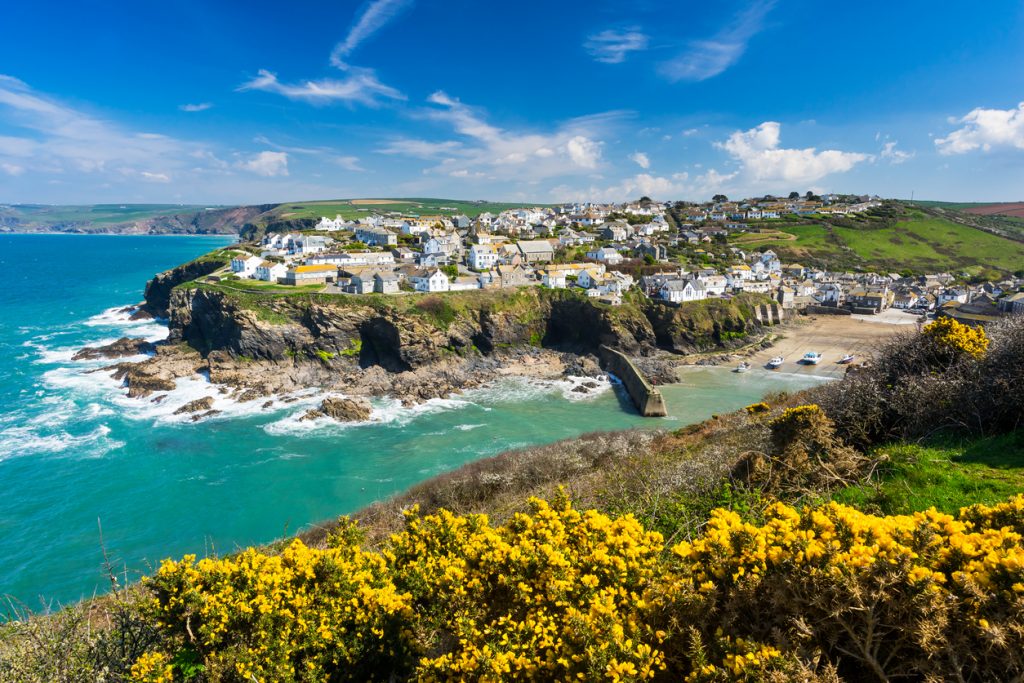
You can go to Cornwall for any amount of time, but as it takes a while to get into the region and even longer to reach the further west areas, most people visit for at least a few days.
If you are spending one week in Cornwall, you could do a road trip visiting lots of different areas of interest.
If you don’t mind driving or live or are already in the West Country, you might want to visit one particular area of Cornwall just for a weekend. Towns like Bude, Looe and Fowey are just over the border and are reasonably easy to access.
Even Newquay isn’t too difficult to reach if you’re only travelling from, for example, Exeter or Bristol.
Read my one week in Cornwall road trip itinerary and my post about where to spend a weekend in Cornwall for ideas!
Cost of travel in Cornwall
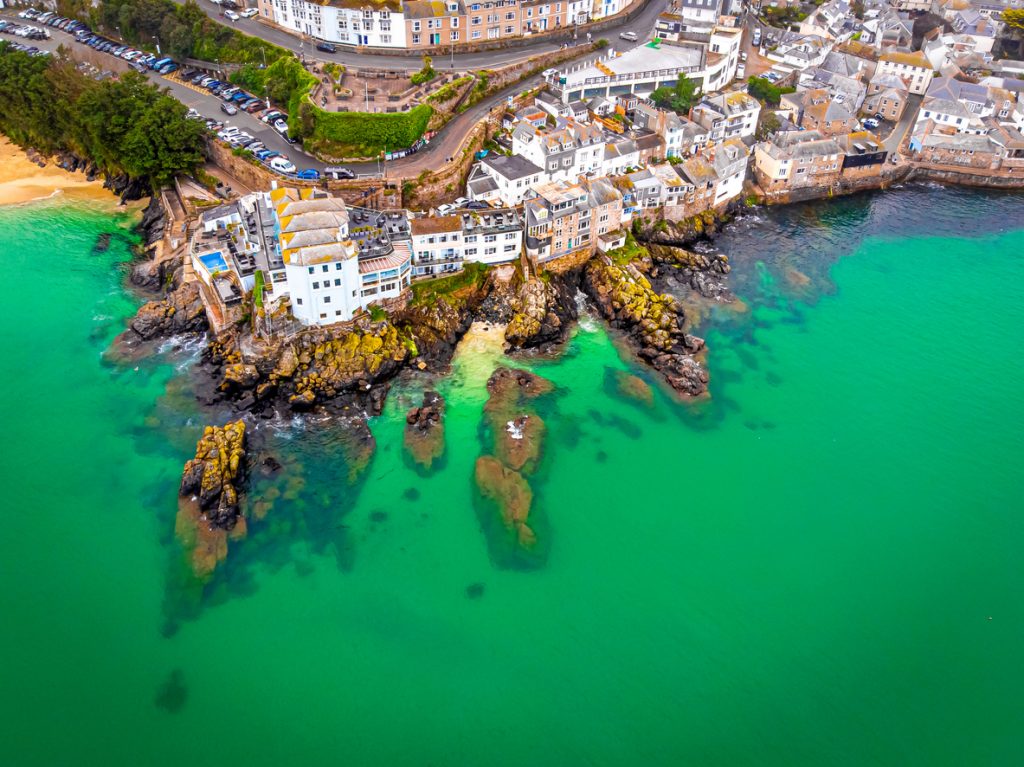
In the Cornish tourist hotspots, Cornwall is expensive. Expect to pay upwards of £150 per night for a hotel in peak season and at least £30 for a meal for two people. Drinks can set you back £4-5 per pint, £6-7 for a glass of wine and £10-12 for a cocktail.
This is a bit of a juxtaposition because Cornwall is actually one of the most impoverished areas of the UK. If you venture to the less touristy areas – for instance, Redruth, Camborne, Penzance or even some parts of Truro – you’ll see the prices drop dramatically. Most of the tourist spots are along the Cornish coastline, so if you go inland a little you’ll find rates are a lot more budget friendly!
Try to use Cornish-owned businesses where you can. Many wealthy Londoners have come to Cornwall to run businesses, which makes Cornwall more expensive to live in but doesn’t really benefit the Cornish economy.
Attractions in Cornwall

There are so many amazing things to do in Cornwall. Just a few ideas are:
- The Eden Project, which consists of two large biomes, one which is an indoor rainforest and another which replicates a Mediterranean climate.
- See the natural beauty of the Cornish coast at beaches like Watergate Bay, Carbis Bay and Kynance Cove. You could spend an entire holiday relaxing on the beaches and doing watersports!
- Take a boat trip somewhere! There are plenty of tours up and down the coast or to specific islands, like Seal Island in St Ives (bet you can’t guess what animal you’ll find there) or Looe Island.
- Hike on Bodmin Moor and head into the town to tour around the eerie Bodmin Jail. See other things to do in Bodmin here.
- Hike this part of the South West Coast Path, which is one of the best hiking trails in the country. Popular favourites are Newquay to Watergate Bay, St Ives to Zennor, and around the Lizard past Lizard point!
- See castles like Pendennis Castle and Tintagel Castle.
- Visit various National Trust properties, including St Micheal’s Mount and Lanhydrock.
- Visit Truro, the capital of Cornwall.
- Enjoy the fun atmosphere of towns like Newquay and St Ives.
- Explore Cornwall’s many gardens, including the Lost Gardens of Heligan and the Botanical Garden at Trebah.
- See Land’s End, the most southwesterly point in the UK!
Read my post about places to visit in Cornwall for more.
What to eat and drink in Cornwall
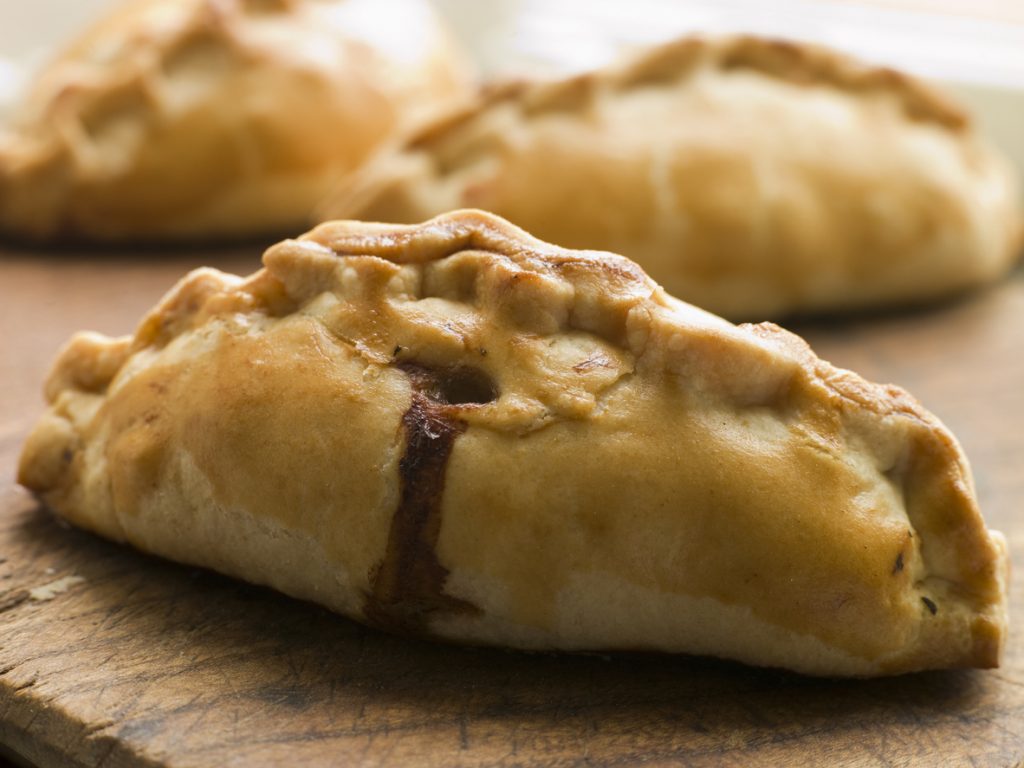
There’s plenty of local produce to try when you’re in Cornwall! Here are some ideas.
- Cream tea – If you’re having a Cornish cream tea, you will need to put jam on first and then cream. However, if you’re over the border in Devon, it’s cream on first and then jam!
- Cornish pasties were created for Cornish tin miners to give them something to eat down the mine. They traditionally consist of beef, onion and swede, but nowadays, you can buy vegetarian and vegan pasties or pasties with lots of other ingredients. Many Cornish people will tell you that only the beef, onion and swede pasty is a proper pasty, but I’m vegetarian, so I always get the veggie option!
- Cornish Ice Cream – because of the large number of cattle in Cornwall, Cornish ice cream is quite popular. Try some at the Moomaid of Zennor in St Ives.
- Cornish seafood – with such a long coastline, it’s unsurprising that Cornish seafood is very popular! I don’t personally eat seafood, but I do recognise that it is an essential industry in Cornwall and small fishing boats that go out are a lot more environmentally friendly than big trawlers. Cornish crab is especially famous.
- Cyder – Cornish Cyder is a popular drink, with Rattlers being the most famous brand – you won’t find this in many pubs outside of Cornwall, but it’s in virtually every pub here! You can also get some delicious locally made apple juice.
- Beer – Cornish beer, on the other hand, is found all over the country. Doom Bar is from Cornwall, as are St Austell beers – brewed in, you can probably guess, St Austell.
- Wine – Cornwall’s milder climate means that winemaking is possible, and while it’s not on the menu at many restaurants and bars, you can visit a winery and sample some.
Towns and Villages to stay in Cornwall
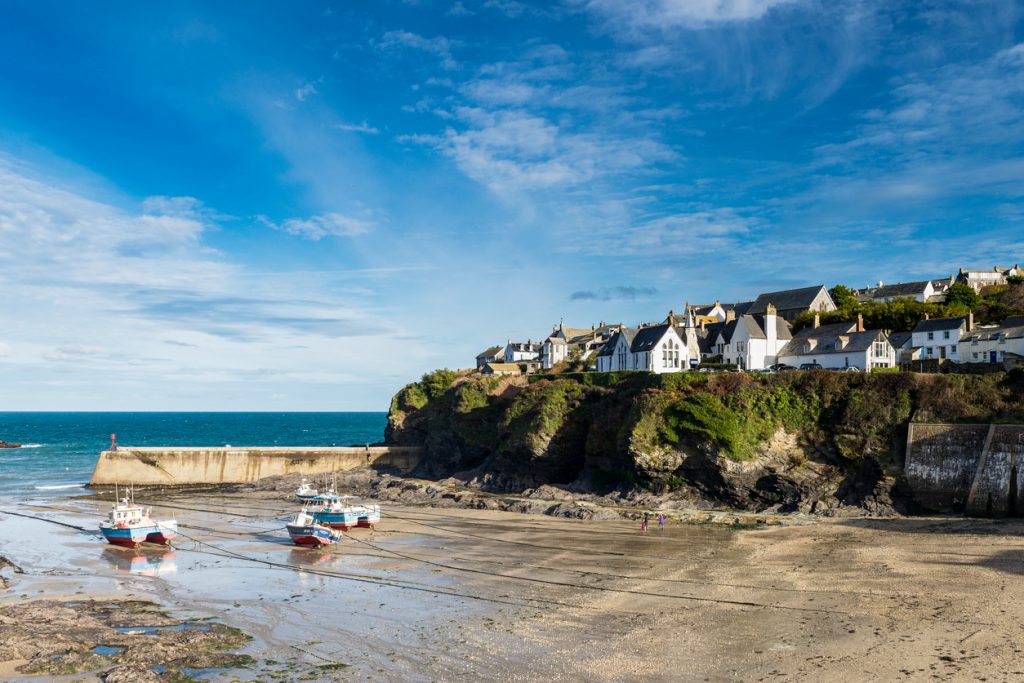
There are dozens of amazing towns and villages to stay in Cornwall. Here are some of my ideas!
- St Ives – this is probably the most popular seaside town in Cornwall. It’s a small fishing town turned artist’s hub, and nowadays, it has an impressive stretch of beach as well as an enjoyable atmosphere. Here’s my guide on where to stay in St Ives.
- Newquay is the other popular coastal town, with several beaches, including surfer’s favourite Fistral Beach. Newquay is also popular for its nightlife, although there are plenty of family-friendly things to do here too. Here’s my guide on where to stay in Newquay.
- Bude – this chilled-out town on the north coast that comes alive in the summer season and has the spectacular beach of Summerleaze just a short walk from the centre. It’s another popular surfing spot. Here’s my guide on where to stay in Bude.
- Looe – this is a quieter, family-friendly option in South Cornwall. It has a picturesque harbour and laid back atmosphere.
- Bodmin – this is a more budget-friendly place to stay and is a great spot for hikers as it is right by the wild moorland of Bodmin.
- Port Isaac – this picturesque village is where Doc Martin was filmed. You can do a Doc Martin tour here, but it’s a lovely place to stay for people who aren’t fans of the programme too – you can hike along the amazing coastline to nearby villages, or enjoy the atmosphere of the village that looks like it is stuck in time. Here’s my guide on where to stay in Port Isaac.
Read my post about places to stay in Cornwall for more.
Who is Cornwall good for
Cornwall is ideal for everybody! Here are some ideas for Cornwall staycations or holidays depending on who you are travelling with.
- Couples – there are so many romantic places to visit in Cornwall, it’s hard to name them all! I’d maybe recommend staying near the dramatic Lizard or near Sennen Cove in the far west. Alternatively, stay in the cute fishing village of Port Isaac to enjoy a cosy atmosphere! You could also visit the Scilly Isles, a small island group with its own micro-climate.
- Families – locations on the South Coast, like Looe and Fowey, are great because they have beautiful beaches but are also close to attractions like the Eden Project. It’s also less than an hour’s drive to Truro, which has the Museum of Cornwall, and Newquay, which is home to lots of family-friendly attractions – or you could do a day trip over the Tamar into Devon and go to the Plymouth Aquarium!
- Solo Travellers – you’ll want to stay somewhere where you can meet people, so I’d recommend busy seaside towns like Bude, Newquay or St Ives. Newquay and St Ives have hostels where you can meet other backpackers, and in all of them, you can join in activities (like surf lessons!) where you can meet other people.
- Groups (looking to party) – Newquay is your best bet. There are lots of clubs here and in the summer months, the place has a fun, holiday atmosphere.
- Groups (looking to chill out) – there are so many wonderful holiday parks where you can rent a cabin for a holiday – sometimes with a hot tub!
Safety in Cornwall
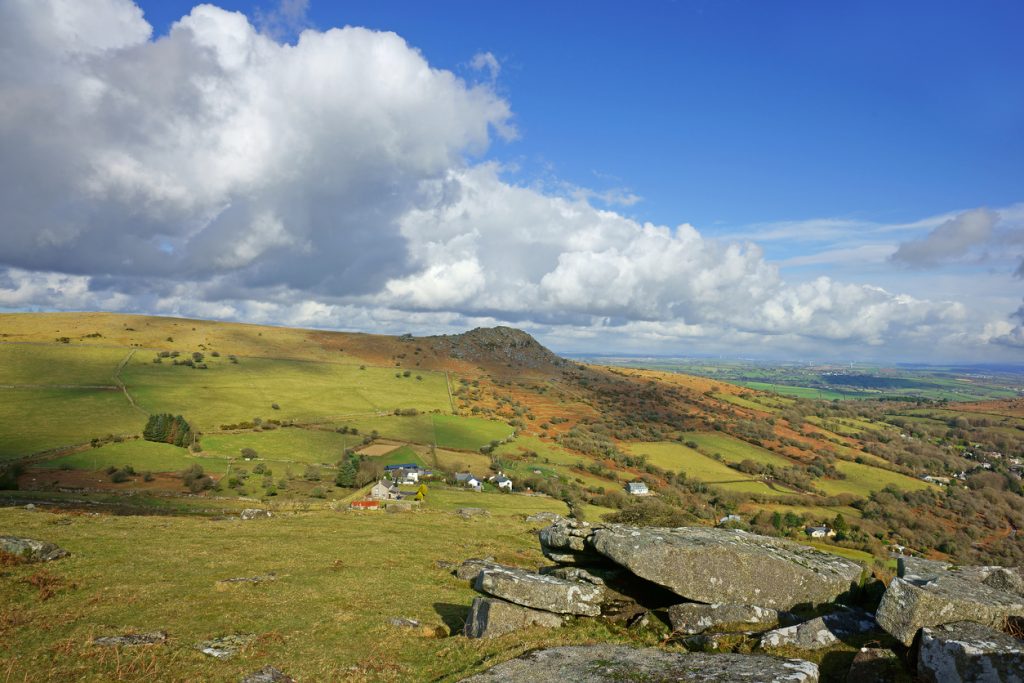
Cornwall is as safe as the rest of the UK – safer than big cities. There is little crime here, and while prices can be very inflated, you usually won’t find yourself caught in scams – even in the tourist areas.
Be careful when you hike on the cliffs – stick to the path and don’t go close to any cliff edges. The risk of cliffs collapsing is very real.
Also, the roads can take some getting used to! Take it steady, and try to avoid country roads in bad weather if you’re a nervous driver. Despite living in the West Country for eight years, I’m still not used to them!
Don’t hike on Bodmin Moor with poor visibility. It’s very easy to get lost on this wild open space!
The Best Cornwall Travel Tips
I hope that these Cornwall travel tips have proved useful for your trip there! I’ve visited Cornwall about 50 odd times, and my family are originally from the region, so I have plenty of knowledge to impart on visiting! Here’s my full Cornwall travel guide.
It’s a unique place to go to in the UK, and it’s essential to visit it right – to make sure that you both enjoy its iconic attractions but don’t get too caught out by the prices, weather and how busy it can be! Hopefully, this post has helped you with planning a trip to Cornwall!

